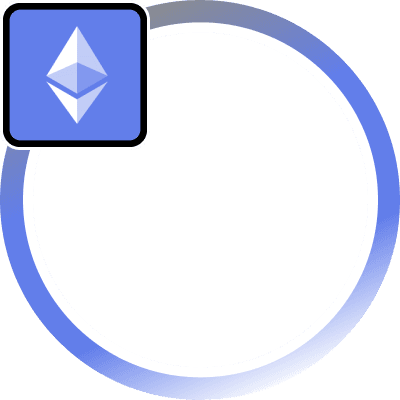Overview of Wormhole
Wormhole is a pioneering protocol in the Web3 and blockchain space, designed to facilitate seamless communication and transfer of assets across diverse blockchain networks. Launched in August 2021, it has quickly become a critical tool for users and developers navigating the multi-chain ecosystem.
What is Wormhole?
Wormhole functions as a generic message passing protocol, enabling interactions between different blockchains or rollups. Unlike a traditional blockchain, Wormhole does not operate its own chain; instead, it provides a communication framework between existing blockchains. This capability is crucial for cross-chain applications, allowing them to leverage the strengths of multiple blockchain ecosystems.
Wormhole’s utility is not confined to token transfers. Its design allows it to transport various types of data, including smart contract interactions and Non-Fungible Token (NFT) movements. This broad functionality makes Wormhole a versatile tool for a wide range of decentralized applications (dApps).
Technical Architecture
Guardian Network
The heart of Wormhole’s operation is its Guardian Network, consisting of 19 trusted validators known as Guardians. These Guardians monitor blockchain activities, validate cross-chain transactions, and ensure the integrity and security of the transfers. The network operates in a decentralized manner, requiring a two-thirds majority for transaction validation, thereby enhancing the protocol’s security and trustworthiness.
Verifiable Action Approvals (VAAs)
VAAs are the core data structures within Wormhole, acting as the primary medium for cross-chain communication. These packets of data are emitted whenever a cross-chain application interacts with the Wormhole Core Contract. VAAs are composed of a header and a body, containing essential information such as the message, the list of guardian signatures, and metadata. Their unique indexing allows for efficient tracking and verification across chains.
Core Contracts
Each blockchain in the Wormhole network hosts a Core Contract. These contracts emit the messages that Guardians observe and validate. The contracts are designed with simplicity and efficiency in mind, consisting of mechanisms for both sending and receiving messages. A key feature of the Core Contracts is their multicast nature, enabling a message from one blockchain to be accessible across the entire network.
Use Cases and Applications
Cross-Chain Asset Transfer
Wormhole’s most notable application is in facilitating asset transfers between blockchains. Users can move assets like cryptocurrencies and NFTs from one chain to another, with the protocol supporting a diverse range of major blockchains. This functionality is enabled through a lock/mint and burn/unlock mechanism, allowing for chain-agnostic token transfers.
A list of supported chains in maintained at the bottom of this page
Decentralized Application (dApp) Integration
Wormhole extends its utility beyond asset transfers, enabling cross-chain integration for various decentralized applications. Developers can build dApps that leverage the unique advantages of different blockchain ecosystems, enhancing functionality and user experience. This capability is pivotal in realizing the full potential of the Web3 landscape.
Governance and Upgrades
Wormhole also supports governance actions and contract upgrades across different chains. These functions are essential for maintaining the protocol’s relevance and effectiveness in a rapidly evolving technological environment.
Impact and Significance
Key Advantages
One of Wormhole’s primary benefits is the access it provides to a broad range of DeFi services across supported chains. By enabling asset and data transfers between these chains, Wormhole opens up new possibilities for DeFi interactions and investment strategies. Its support for Solana, in particular, sets it apart from many other cross-chain solutions, given Solana’s notable transaction speeds and growing ecosystem.
Security and Efficiency
Wormhole’s design emphasizes security and efficiency. The Guardian Network ensures robust protection against malicious activities, while the protocol’s structure facilitates fast and cost-effective cross-chain communication. This combination of security and performance makes Wormhole a preferred choice for many users and developers in the blockchain space.
Future Outlook
Wormhole has established itself as a leading solution in the domain of blockchain interoperability. Its design, supporting a wide array of blockchains, and the ease of integration for various applications, positions it at the forefront of the cross-chain communication revolution. As the Web3 landscape continues to evolve, Wormhole’s role in bridging different blockchain ecosystems is likely to become increasingly vital.
List of supported Blockchains*:
- Acala
- Algorand
- Aptos
- Arbitrum
- Aurora
- Avalanche
- Base
- BSC (BNB Chain)
- Celo
- Cosmos Hub
- Ethereum
- Evmos
- Fantom
- Gnosis
- Injective
- Karura
- Klaytn
- Kujira
- Moonbeam
- NEAR
- Neon
- Oasis
- Optimism
- Osmosis
- Polygon
- Pythnet
- Rootstock
- Sei
- Sepolia
- Solana
- Sui
- Terra Classic
- Terra
- XPLA
*Please help keep this list up to date as new chain support is added! Just use the pencil✏️ icon in the top right!






